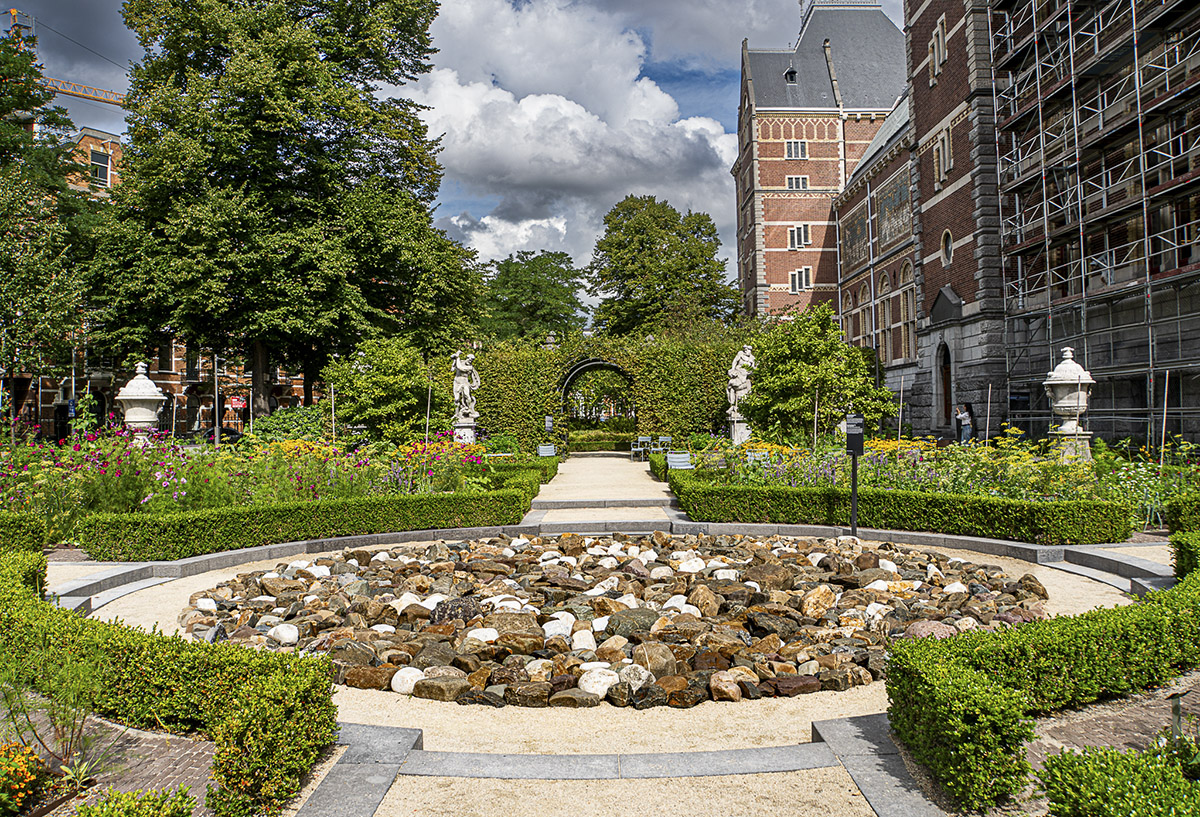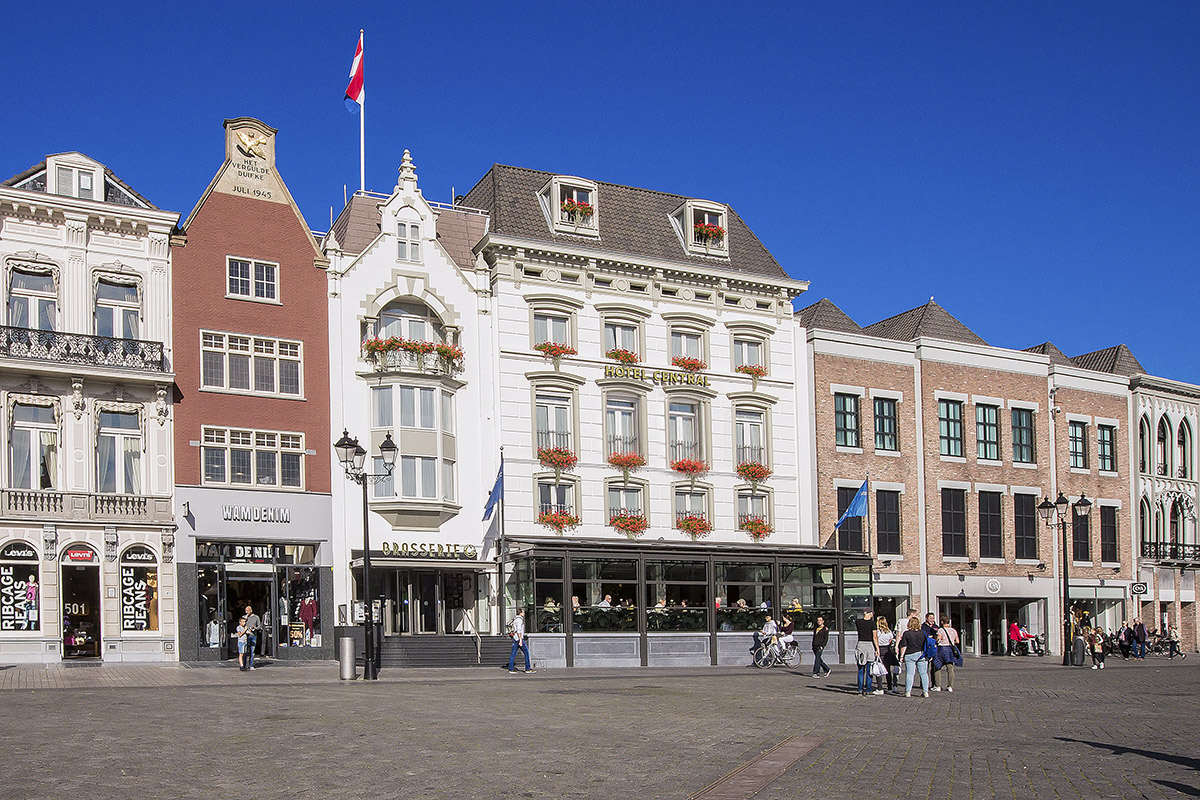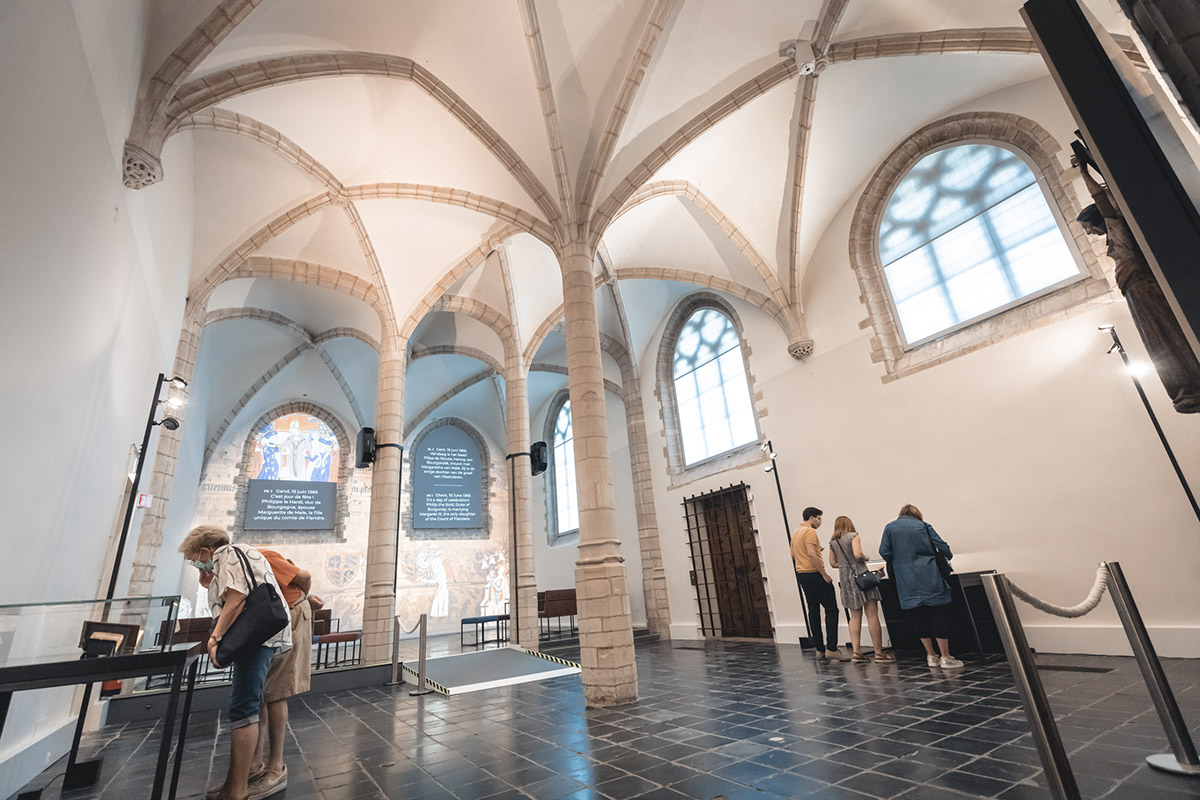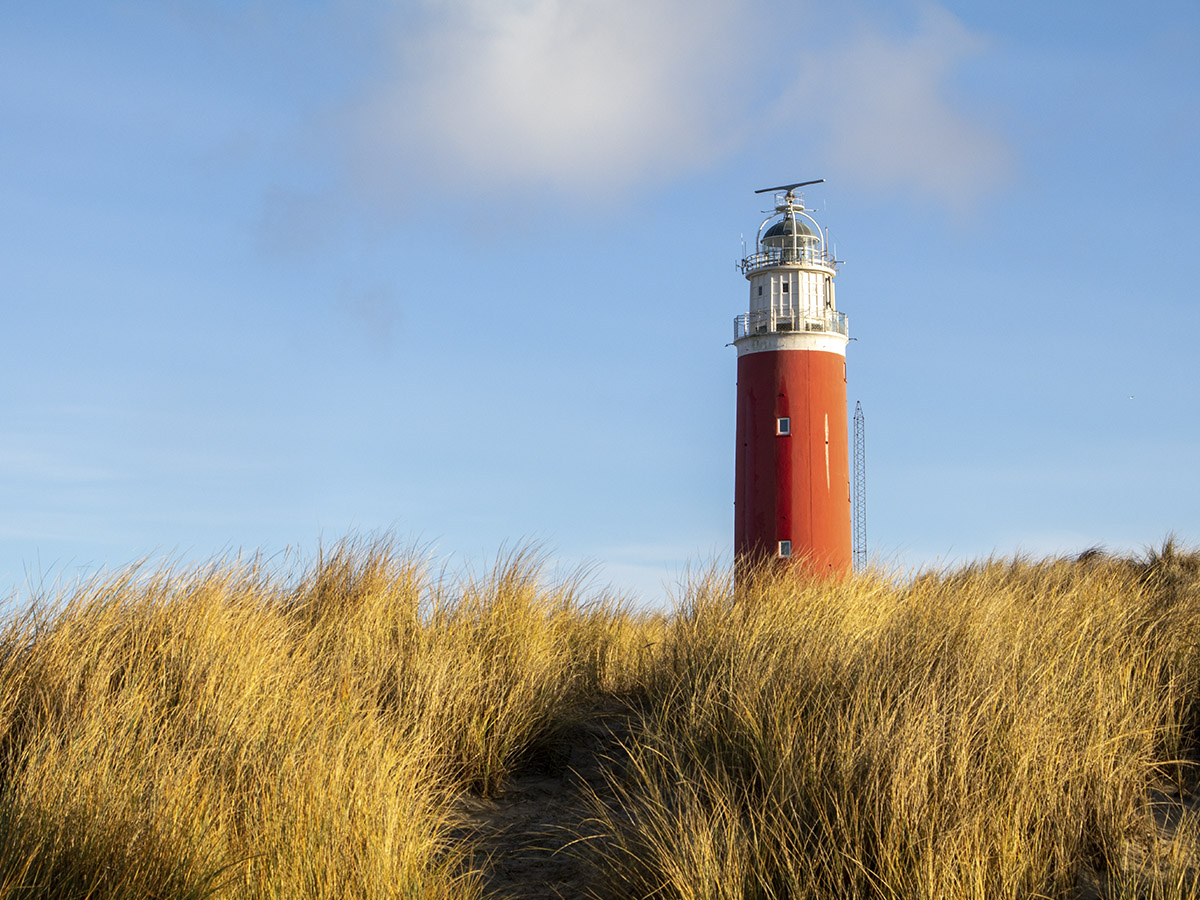Gemeente Arnhem
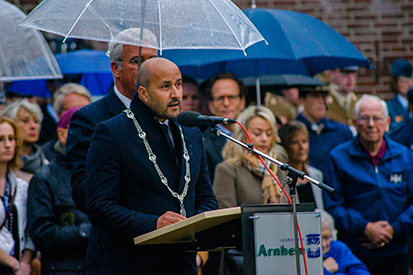
The deep scars of war
TEXT: ARNE ADRIAENSSENS | PHOTOS © Al HAJEM , CHIEL EIJT
The city of Arnhem is known as the backdrop of Operation Market Garden, the airborne mission which would stop the Second World War but resulted in an unseen bloodbath and defeat. For its citizens, the battle was just the prelude to a severe winter of famine and uprooting.
In September 1944, the troops of Nazi Germany stopped the Western forces on their mission to resolve the war once and for all. The Rijnbrug in Arnhem became the battlefield for one of the most gruesome passages in the already black book of the Second World War: the battle of Arnhem. Thousands of losses on both sides of the river ended with the Brits and Poles waving a white flag, prolonging the war for another nine months. That is where the military transcripts stop. For the city of Arnhem, however, the worst had yet to come. “The battle left Arnhem in ruins,” says Ahmed Marcouch, mayor of Arnhem. “The city never really was a target. It was just unfortunately located on the route to the Ruhr Area, where they wanted to defeat Hitler. Arnhem paid the price for Europe’s liberty. 90 per cent of all buildings were destroyed and the Nazis ordered our citizens to evacuate the city immediately.”
Packing nothing but the bare essentials, the villagers of Arnhem left. Most of them expected to be back home soon, but it would take until the armistice, nine months later, for them to return. “People found shelter but lived in close quarters, sometimes even in a shed or a henhouse. The long war made food and coal scarce, resulting in a long winter of extreme famine and frostbite, taking thousands of lives.” With the liberation, the people of Arnhem returned to their hometown. Yet, all they found there was a collection of rubble and bombshells. “While the Netherlands was celebrating their regained freedom, people here were collecting the junk. Even today, 75 years later, we still aren’t finished. The scars of the war are still noticeable in the streets and the people.”
Since 1945, Arnhem has always paid their respect to the heroic veterans and the suffering citizens. Initially, in a more traditional memorial with the Polish and British veterans and the involved ambassadors present, and since 2014, during the annual Bridge to Liberation Experience (20 September 2019), an evening of culture on a floating stage on the Rhine. By walking the liberation route, visiting an Airborne museum or exploring the scars in the city and its surrounding villages, you can immerse yourself even more in the tragedies that have been. “After 75 years, the people of Arnhem are finally starting coming to terms with their past and dare to dwell on the traumas of the evacuation. This city will carry the mark of its history for a long time to come. You can get people out of the war, yet, getting the war out of people is harder to do.”
Subscribe to Our Newsletter
Receive our monthly newsletter by email
